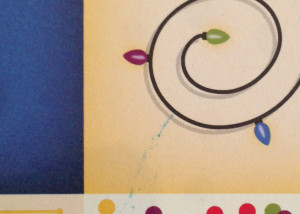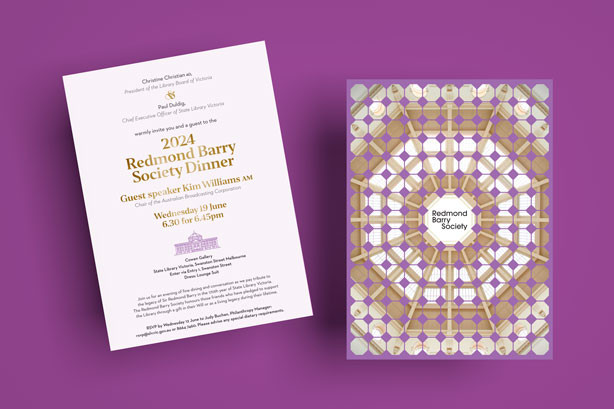
How to design merch your customers will keep
We have 3 rules when designing merch / swag / promotional gifts: 1. Sustainable
2. Usable
3. Quality
It’s a nightmare scenario for anyone in marketing: you receive a box full of lovely printed cards, flyers, invitations or brochures with hundreds or even thousands of copies.
Here at Brand By Name we do our best to ensure printed materials are well-designed, printed brilliantly and delivered on time. But occasionally the worst happens—there’s a mistake.
Then you’re faced with the agonizing decision: to reprint or not to reprint?
There’s the cost involved, and often more importantly, the time delay. If your invitations need to be mailed or your catalogue needs delivering within the week, this can make the decision even more difficult and stressful, not to mention the hideous meeting when you tell the boss the problem.
Sadly, if you, the client, are responsible for the error then you wear the reprinting cost.
We’ve worked with clients who supplied the artwork using the wrong colour specification, changed an overprint on a supplied logo, or even just bungled a phone number. Whilst we graphic designers check everything as much as we can, we often can’t spot those kinds of errors.
Sometimes, it’s a clear mistake by the printer. Any decent printer will be mortified and offer to print at no extra cost. But often with pressing deadlines, reprinting is not viable.
In this case, you have to look closely at the mistake, and weigh up the importance of the job being perfect and late, versus wrong and on time.
– How noticeable is the mistake? Is the information presented still correct?
– How will it affect perception of your business?
– What are the consequences of the job arriving late?
 In a recent case, we designed colourful double-sided wrapping paper as a promotional gift. The deadline was tight. The paper arrived and looked fabulous, except for a small mark, the result of a scratch on one of the printing plates. The printer offered to reprint.
In a recent case, we designed colourful double-sided wrapping paper as a promotional gift. The deadline was tight. The paper arrived and looked fabulous, except for a small mark, the result of a scratch on one of the printing plates. The printer offered to reprint.
The only problem? The printed material wasn’t going to be much use a week late.
The mark was small, and the artwork detailed enough to ensure the paper could still be used. Weighing up the situation, we decided to send the paper to customers, and the printer offered a significant discount. It wasn’t ideal, but it was the best outcome.
If you decide to reprint a job, the printer will always require the original job returned. Obviously, they want to see the mistake for themselves, ensuring you’re not complaining about an error on only a small number of prints, and trying to get double the print run for the original cost.
It is also important that they understand how the mistake occurred and how they can improve their print processes.
Our advice is to develop relationships with printers—when something goes wrong, it’s in their best interests to fix the problem. Happy printing!

We have 3 rules when designing merch / swag / promotional gifts: 1. Sustainable
2. Usable
3. Quality

Whatever the brief is, it’s exactly the same. Every project. Every time. Every design. It‘s just one word.

You never know where inspiration comes from : behind-the-scenes at a design project combining the vintage aesthetic of pre-1800 Japanese rare books, with a modern twist.

Whilst we can’t claim to be experts, we know a thing or two about branding events. Here are 3 simple ideas to help you make your budget $$$ go far.

What’s the most important thing you need to know about Brand Guidelines? Would it surprise you to discover they’re like a recipe book?

The Redmond Barry Society encourages supporters to consider leaving a gift in their Wills. A black tie event was held at the Library to celebrate the society and its donors.
Email hello@brandbyname.com.au
or call +61 3 9015 4014
105 Wellington St,
St Kilda VIC 3182
© 2025 Brand by Name™

Subscribe to our monthly newsletter — Brand News — filled with Design tips, Creativity hacks, Brand news and Design-related goodness.